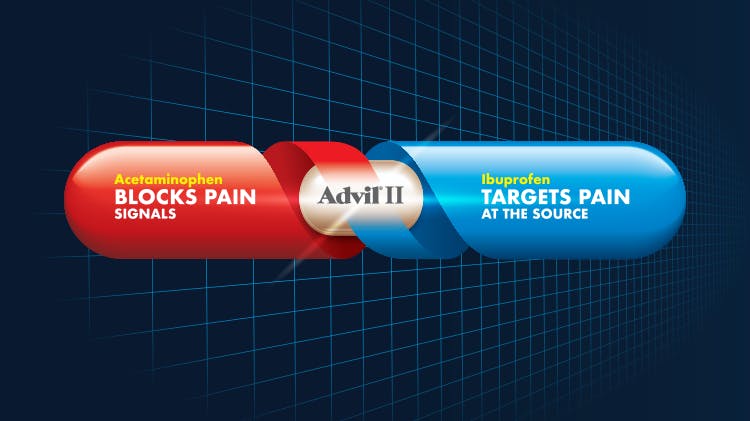Headache & Migraine Causes

Headache & Migraine Causes
Headaches and migraines are often debilitating conditions for patients. Chronic headaches and migraines can prevent them from living their normal lives and may interact with other conditions like anxiety and depression as well. Headaches can appear to come from nowhere and headache and migraine causes are sometimes difficult to pin down. We will cover possible causes of headaches and migraines as well as common triggers.
Common Causes of Headaches
Headaches are one of the most common pain conditions in the world and can take a heavy toll on patients' work and social life.1 It's helpful to be familiar with common causes of headaches to parse out potential triggers.
Headache pain itself comes from signals in the brain interacting with blood vessels and surrounding nerves. When someone has a headache, a mechanism activates certain nerves that affect muscles and blood vessels. These nerves then send pain signals to the brain, causing pain in the head. Headaches and migraines can also be hereditary, so discussing family history with your patient will be important when diagnosing headaches or migraines.2
Environmental headache causes vary and can include factors like allergies, caffeine-withdrawal, eye strain, fever, infection, hunger, sinus pressure, tension, and more.3 It's important when diagnosing patients to get an idea of their everyday routine, medications they're taking, family history, and activities.
Common Causes of Migraines
Migraines can be hard to understand and even researchers haven't fully pinned down the cause of all migraines. Headaches can be severe but migraines typically result in debilitating pain and oftentimes other symptoms like sensitivity to light and sound. Researchers think that migraines are caused when unstable nerve cells overreact to various factors such as environmental triggers. Similarly to headaches, these unstable nerve cells will then send out impulses to blood vessels and cause chemical changes in the brain.4 These pain signals all go to the pain processing centers, which can become over-sensitized and overloaded and begin to spontaneously fire without added signals.5
Once symptoms occur, medication may be less effective than if taken earlier in the attack. Therefore, it's important that patients recognize the signs of an oncoming migraine and possible causes to catch it earlier.5 Migraine causes can be varied from patient to patient, so it's important to tailor your recommendations to each individual.
Avoiding Headache Triggers
Headaches and migraines can also be caused by different "triggers" or environmental factors. It can be a useful tool for patients to log their daily activities to see if there are any triggers they can potentially avoid. Not all migraines and headaches are directly caused by a simple trigger, but they can be useful signals overall.6 Migraine triggers are different for each person and what triggers one patient may relieve headaches in another. They can also be cumulative, with exposure to several triggers needed to cause a headache.
Common headache and migraine causes (triggers) include:
- Alcohol use, resulting in hangovers
- Smoking
- Changes in eating or sleeping patterns
- Emotional stress from work, family, or other sources
- Excessive medication use
- Eye, neck, or back strain from poor posture, repetitive motions, or injury
- Lighting (either too low or too bright)
- Noise
- Weather changes
- Certain food triggers6
- Allergies
- Caffeine-withdrawal, if the patient consumes large amounts
- Hunger, fasting
- Fever and infection
- Menstrual cycle
- Sinus pressure7
There are even more possible headache and migraine triggers, but the list above includes some of the most common. Less common but no less serious potential causes of headaches and migraines include conditions like tumors, aneurysm, or traumatic injury aftermath.7
Help your patient recognize possible triggers for their headaches or migraines and create a plan for avoiding them as well as treating the condition when it occurs. Learn more about headache signs and symptoms, management options, as well as statistics and facts.
Learn more
Advil® DUAL ACTION Drug Facts
What you and your patients need to know about Advil® DUAL ACTION.
Advil® DUAL ACTION Frequently Asked Questions
A resource to help answer common questions about Advil® DUAL ACTION.

A duo of MOAs that fight pain together
Ibuprofen and acetaminophen work together to help target pain directly, while blocking pain signals.
Advil® DUAL ACTION Resources
Read about and find the answers to questions about the newest member of the Advil® family, Advil® DUAL ACTION.